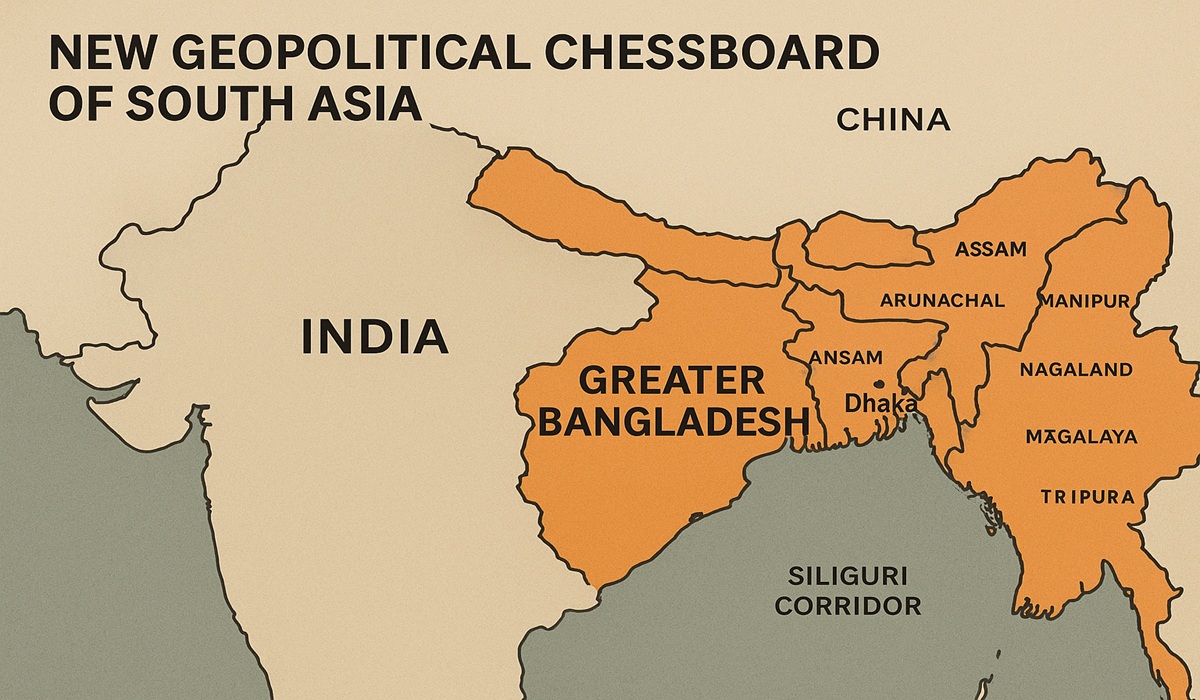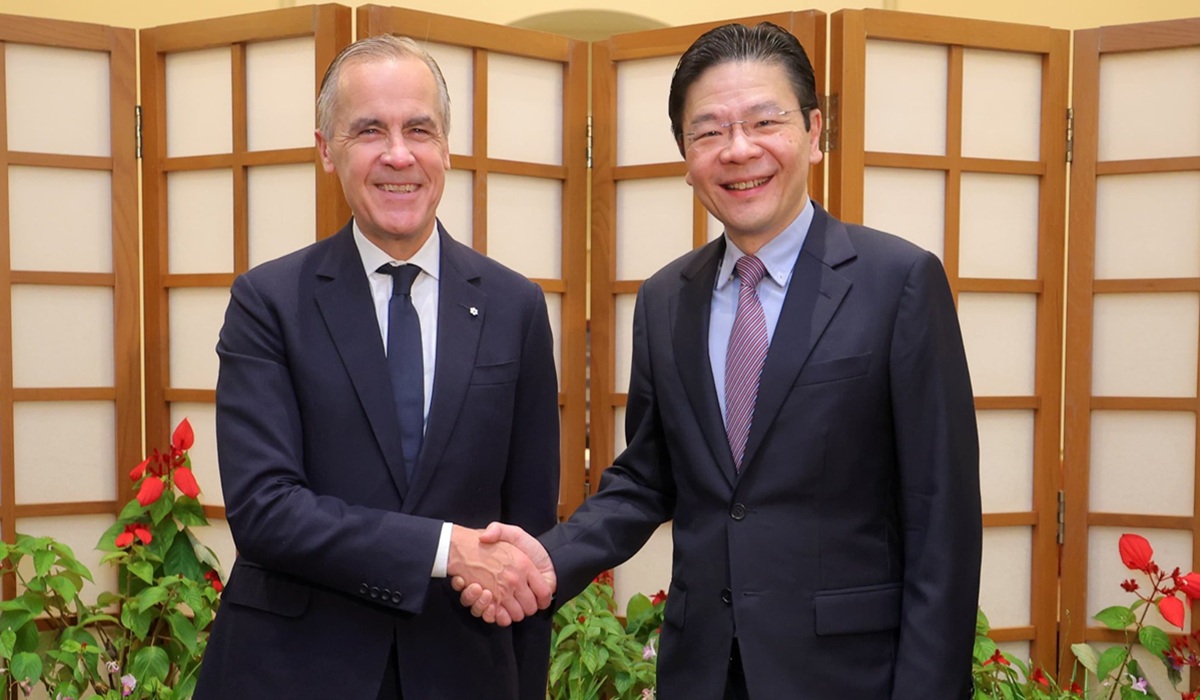By: Donovan Martin Sr, Editor in Chief
In the quiet historical city of Gyeongju, Republic of Korea, an important diplomatic shift unfolded on October 31, 2025. On the margins of the APEC Leaders’ Meeting, Prime Minister Mark Carney sat down with Chinese President Xi Jinping — a meeting widely viewed as a turning point in a relationship strained by years of geopolitical tension, trade disputes, and mistrust. For the first time in years, there was no icy tone, no carefully rehearsed diplomatic sidestepping. Instead, the two leaders spoke openly about restoring trust and rebuilding a partnership grounded in pragmatism, respect, and measurable progress.
Canada and China marked 55 years of diplomatic relations in 2025, a milestone that arrived without celebration but with quiet recognition of both shared history and missed opportunities. The tone of this latest meeting suggested a mutual desire to reverse the cooling trend. Carney made it clear that Canada’s new economic vision hinges on diversifying trade beyond traditional markets. China, with its enormous consumer base, industrial might, and role in global supply chains, remains a partner Canada simply cannot ignore. Xi, for his part, welcomed dialogue after a period in which bilateral communication had all but frozen.
Both leaders framed their engagement as a reset — not a rushed reconciliation but a careful rebuilding. They highlighted recent touchpoints as proof momentum was already underway, from Carney’s dialogue with Premier Li at the UN General Assembly to diplomatic visits by Foreign Minister Anita Anand and the Premier of Saskatchewan. These were early signals that Ottawa sought a path forward that balanced national interests, economic competitiveness, and diplomatic realism.
Trade, unsurprisingly, dominated the discussion. The leaders directed officials to work quickly to resolve long-standing disputes affecting key Canadian exports such as canola, seafood, and other agri-food goods. Electric vehicle market access and regulatory concerns were also on the table, reflecting the evolving nature of global trade — where technology, clean industry, and climate policy intersect. There was no sugar-coating the complexities; both sides acknowledged sensitivities and the domestic pressures they face. Yet the tone was distinctly solutions-oriented. After years of stalemate, that alone was newsworthy.
Beyond resolving irritants, the conversation signalled ambition to modernize and expand cooperation. The leaders discussed a broad framework that spans clean and conventional energy, agriculture, high-value manufacturing, climate action, and international finance. These are areas where both countries see potential gains: Canada with its innovation capacity and natural resources; China with its industrial reach and accelerating green-tech leadership. The global economy is shifting, and both appear to recognize the opportunity — and necessity — of aligning where strategic interests intersect.
In a gesture rich with symbolism, Xi extended an invitation for Carney to visit China. The Prime Minister accepted, noting that the trip will take place when mutually convenient. It would mark the first visit to China by a Canadian prime minister since 2017 — a gap that reflects a turbulent chapter in bilateral affairs. While no exact timetable was confirmed, Ottawa insiders suggest it could happen as early as later this year, or very early in the new year should the pace of progress demand it. The timing will send its own message: whether this reset is cautious diplomacy or a bold pivot toward renewed economic partnership.
The relationship between Canada and China has always been a blend of cooperation and competition, shared interests and divergent values. Today, it is shaped by a new geopolitical reality where trade diversification, global supply chain resilience, and economic security are more important than ever. Carney enters this equation with the clarity of someone who spent years reading global trends from one of the world’s top financial seats. Xi approaches it with the steadiness of a leader steering China through a new phase of domestic restructuring and global rivalry. Both understand that shutting doors is easy. Reopening them requires political courage and strategic patience.
This meeting in Gyeongju did not erase the challenges. It did not rewrite history. But it did something equally meaningful — it changed the tone and trajectory. For Canadian farmers, exporters, and industries positioned to benefit from Asia-Pacific trade, there is cautious optimism. For the diplomatic corps, there is an evolving mandate: advance Canadian interests with confidence, but without unnecessary confrontation. For Canadians watching a rapidly transforming global order, the message is clear: Canada intends to compete, not retreat.
If 2017 marked the last high-level Canadian visit to Beijing, 2025 may be remembered as the year the ice finally began to thaw. The Carney-Xi meeting set expectations, acknowledged realities, and opened a path forward. Whether that path becomes a bridge to renewed prosperity or simply a measured détente will depend on what happens next — in trade offices, diplomatic cables, and ultimately at the moment when Prime Minister Carney steps off a plane in China once again.
For now, the takeaway from Gyeongju is this: dialogue has returned, ambition is back on the table, and the future of Canada-China relations looks less like a stalemate and more like a strategic recalibration — one rooted in pragmatism, driven by economic necessity, and shaped by leaders willing to meet eye-to-eye in a complex world.









